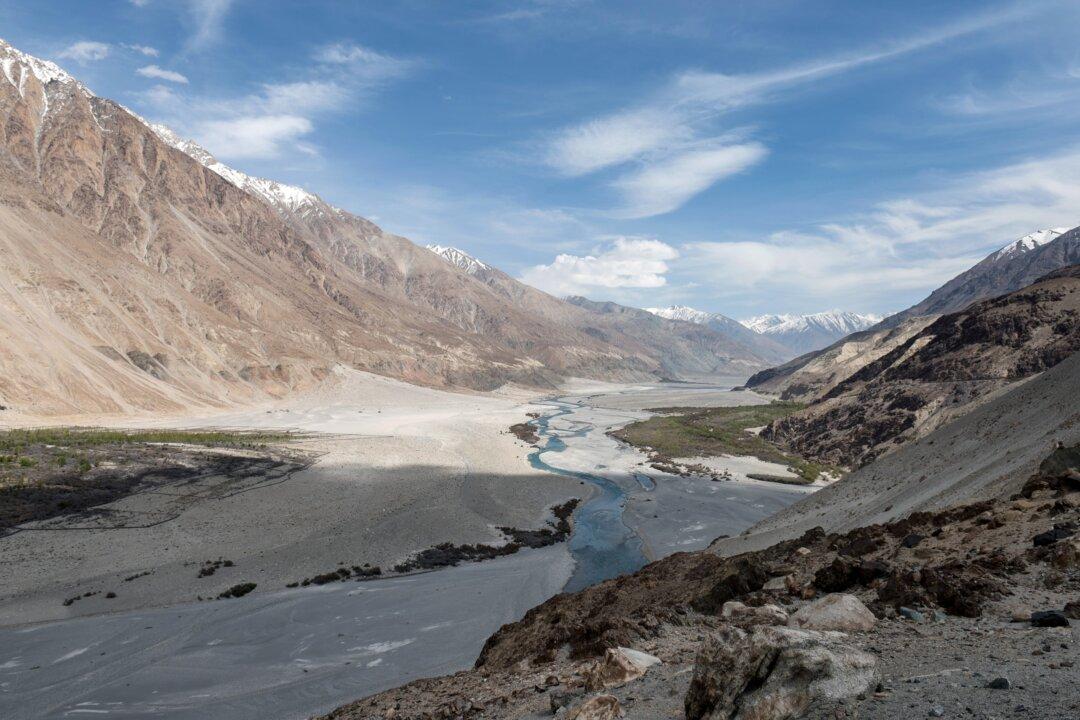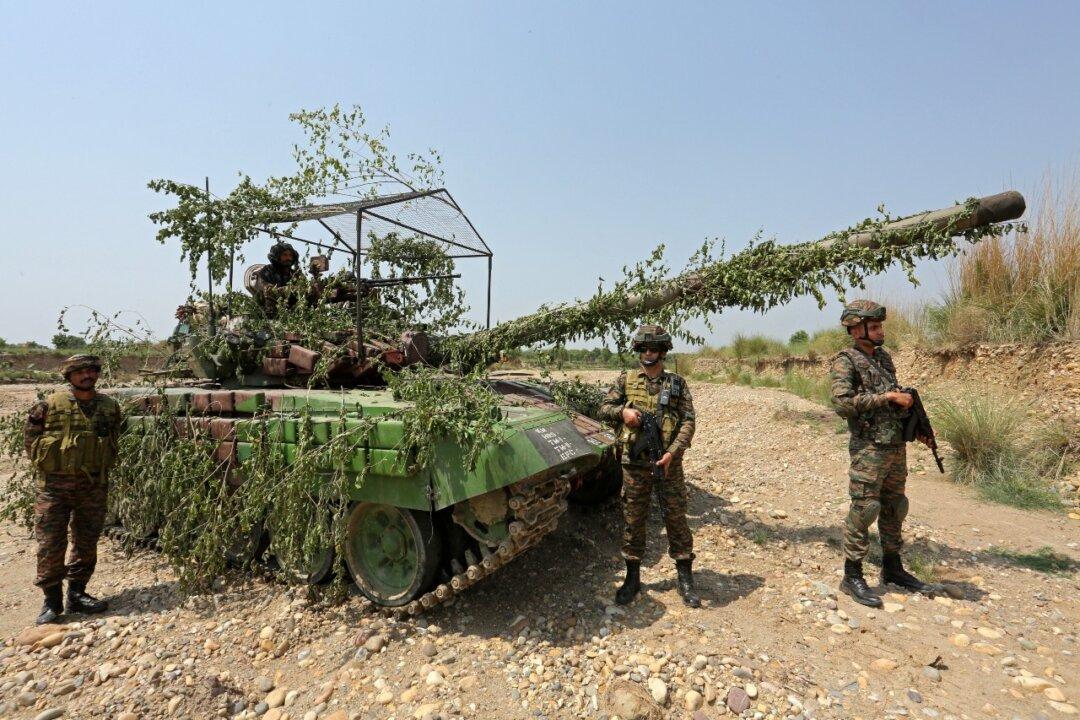NEW DELHI—There’s much at stake in the border conflict between India and China. The disputed border regions, which start from high-altitude trans-Himalayan tracts and stretch all along the massive mountain range, are home to significant mineral, water, and forest resources.
These include rare earths and water reserves—important both for the extraction of minerals and for powering China’s strategic and economic interests.





